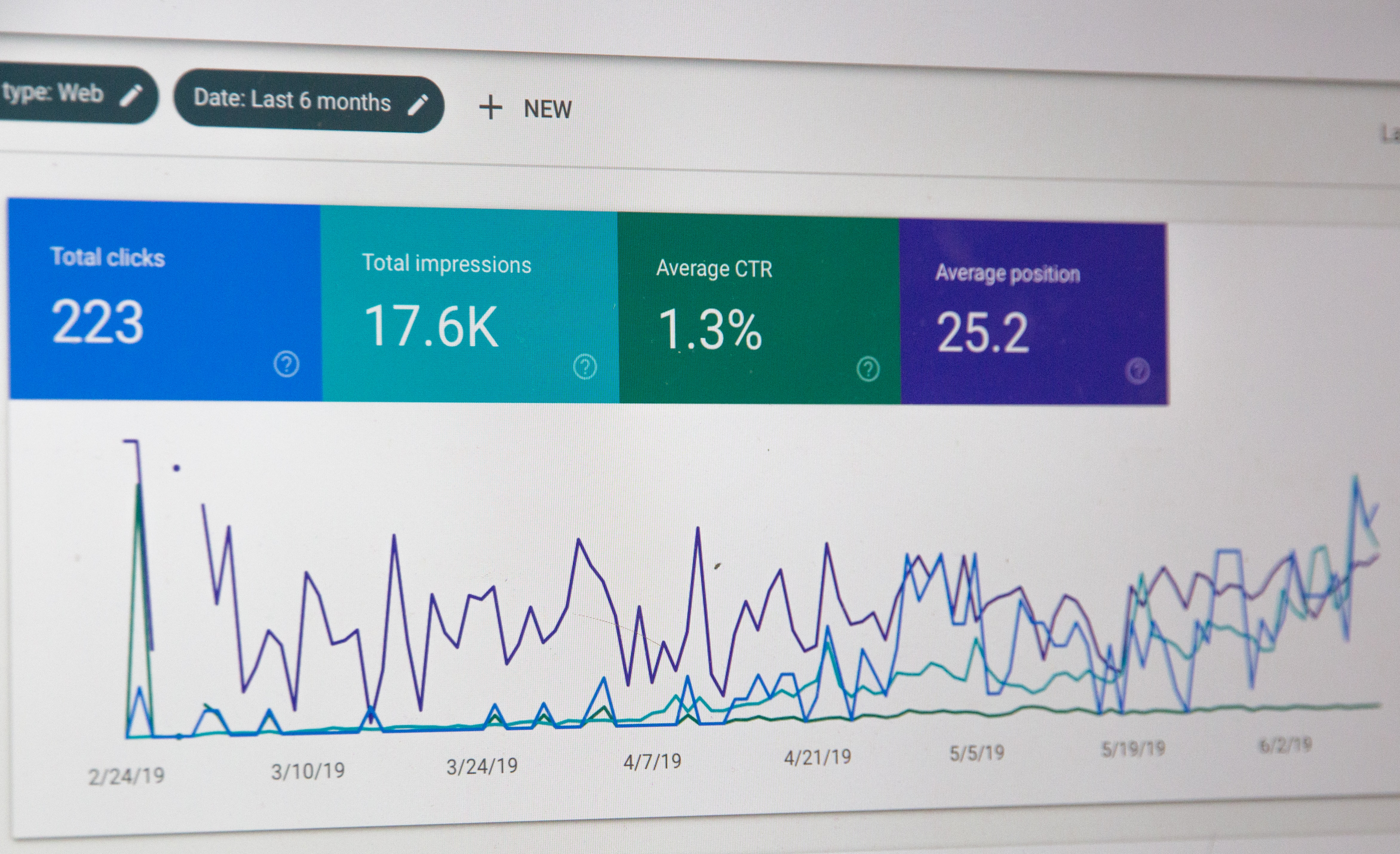One of the greatest advantages of being a translator (either freelance or in a translation agency), is that you can choose one specialty or more. Whether it is about rare language pairs or specific fields, you have plenty of choice. Some of them have only appeared in recent years, such as SEO translation. With the rise of the Internet, websites and SEO content have multiplied exponentially on a global scale. For companies wishing to develop their international presence, adapting their SEO content is essential.
More and more of you are interested in SEO translation or in taking SEO translation courses. How do you define it? Is it the same as localization? Why is it recommended for translating SEO content effectively? Do you need special skills for this field?
Today at the Acolad Community, let’s see what SEO translation is and what our Acolad localization project managers’ best practices are.
What is SEO translation?
Let’s see first what SEO means before defining SEO translation.
SEO is the acronym of Search Engine Optimization, also known as natural indexing. It refers to all operations and processes that aim to improve the visibility (number of visits) of a web page and rank it as a top result on search engines:
- URLs,
- keywords,
- tags,
- meta-description,
- encoding with the “lang” tag to specify the language of a content (for example, lang=”en” for English),
- etc.
(non-exhaustive list)
Therefore, SEO translation means adapting all or part of the content of a website to help it rank in the top search engine results of the targeted countries in different languages (for example, from English to Italian).
SEO translation VS localization
There is often a confusion between SEO translation and localization. Even though they adapt content to international audiences, they are two different processes.
Unlike SEO translation, localization adapts content that needs adaptation to the cultural elements of the target language, e.g., slogans, wordplay, and product names. It doesn’t aim to improve the visibility of a website, and no knowledge of website and keyword management is required.
However, both services can be used at the same time in a multilingual website translation project, as they are complementary. SEO translation improves the international visibility of a website, while localization hones the content to match the cultural specificities of the target language. This way, the website will maximize its chances of success in its international expansion strategy.

Why is SEO translation essential for websites?
As mentioned earlier, SEO helps a website to rank in the top results of search engines, which improves its visibility. Keywords in particular play an important role in SEO strategy, as they better optimize the structure, metadata, and content of a website or blog. Moreover, keywords will not be the same from one language to another; a simple translation would be insufficient as it would not take into account the search results of the target language.
Thus, using a keyword based on its popularity and then directly translating that term laterally into another language can often be a mistake. Let’s take the example of Acolad between Portuguese and German for a fictitious fashion company. This brand may decide, based on its research, to use certain keywords to gain more traffic. These same keywords translated into German, however, are not as effective:
|
Portugal |
Search Volume |
Germany |
Search Volume on Relative Scale |
|
vestidos (dresses) |
100 (reference) |
damen kleid (lady’s dress) |
100 (reference) |
|
vestido de noiva (wedding dress) |
75% |
kleider (dresses) |
89% |
|
vestido branco (white dress) |
57% |
kleid schwarz (dress, black) |
63% |
|
vestido preto (black dress) |
45% |
kleid mädchen (dress, girl) |
58% |
|
vestido festa (evening dress) |
31% |
kleid weiß (dress, white) |
55% |
Only the word “dresses” is optimized in both languages here. As the table shows, there is a good chance that a significant amount of traffic from the German audience is being missed out on. This is why independent keyword research for each language, besides translation, is imperative.
Similarly, because of the nuanced differences between dialects of a language, SEO translation is necessary, such as for metropolitan French and Canadian French, or British English and American English (e.g., whereas two-legged clothing pieces are known as “pants” in the U.S., they are known as “trousers” in the U.K). SEO translation thus helps to strengthen a company’s international brand image and makes it more consistent.

What are the extra skills a translator should have to do SEO translation projects?
As you can see, SEO translation is not only about translating from a source language to a target language. Even if perfect knowledge of both languages is required, you must also master SEO. It is like a mandatory third language required for this service. You need to grasp all the basics of SEO strategy, understand how websites are ranked in search engines, and know how to use URLs, titles, tags, and keywords properly.
There are many SEO online training courses (such as on Hubspot or Moz). Others are also provided by translation agencies, or by translators who specialize in this field.
If you perform SEO translation, you will need to use online tools that will save you time in your keyword research, such as Google Search Console or Semrush, and many others with different features. Whether it’s through ranking checks, keyword research, or benchmarking, your research work will pay off more quickly.
What are the tips and best practices for effective SEO translation?
Here are the dos and don’ts from Acolad localization project managers for effective SEO translation:
- Do ensure you have done research about which regions/countries to target based on your sponsor’s strategy.
- Do identify the most relevant keywords for the target market: market research helps you determine what your target audience is looking for.
- Do keep in mind that different search engines have different requirements for ranking (for example, Baidu in China).
- Don’t rely on website design templates. Remember that a multilingual site will need to be designed for several texts in different languages. A French text that needs to be translated into English will need less space because the translation requires fewer words, whereas translating into German will increase the number of words. Therefore, beware of templates with very small headline areas.
If you have questions on SEO translation or if you have more tips and best practices to share with the community, don’t hesitate to write them on our Facebook chat group!
Don’t forget to subscribe to our monthly newsletter if you haven’t already, to keep up to date with upcoming events and content from the Acolad Community!

